Central AC units typically use more total electricity than window units, but they cool your entire home more efficiently, using less energy per square foot. Today's central air conditioners have improved dramatically in energy efficiency compared to older models. ENERGY STAR-certified systems, whether ducted or ductless, offer environmentally friendly cooling options that can significantly reduce your energy consumption.
When considering efficiency, it's important to look at your specific needs. If you only need to cool one room occasionally, a window unit might use less total energy. However, for cooling multiple rooms or an entire house regularly, central air conditioning provides better overall efficiency and comfort. The initial investment may be higher, but the long-term energy savings and whole-home comfort often make central AC the smarter choice.
Understanding Central Air Conditioning
Central air conditioning systems cool entire homes through a network of ducts and vents. These systems offer efficient cooling while maintaining consistent temperatures throughout your living space.
Components and Function
Central air conditioning works by circulating refrigerant through a closed system of components. The main parts include a compressor, condenser, evaporator, and expansion valve, which remove heat from indoor air. The process begins when the compressor pressurizes refrigerant gas. This hot gas moves to the outdoor condenser unit, where it releases heat and converts to a liquid. The liquid refrigerant then flows to the indoor evaporator coil.
As warm indoor air passes over the cold evaporator coil, the refrigerant absorbs heat and turns back into a gas. The cooled air is then pushed through ductwork to rooms throughout your home. The cycle repeats continuously until your home reaches the desired temperature.
Central AC vs. Window Units
Central air conditioning systems differ significantly from window units in several ways. Central AC cools your entire home evenly, while window units only cool single rooms or small areas. Central systems are generally more energy efficient when cooling large spaces, operating more quietly since the noisiest components are outside your home. The indoor vents are less visually intrusive than bulky window units.
Window units are easier to install and don't require ductwork. They're more affordable upfront but less efficient for cooling multiple rooms. Central AC systems cost more initially but typically provide better long-term value and comfort for whole-home cooling.
The Role of SEER in Energy Efficiency
SEER (Seasonal Energy Efficiency Ratio) measures how efficiently your air conditioner uses electricity. Higher SEER ratings indicate more energy-efficient units that cost less to operate. Modern central air conditioners typically have SEER ratings between 13 and 25. The minimum standard for new units is 13 SEER in northern states and 14 SEER in southern states. ENERGY STAR certified models exceed these minimums by at least 15%.
Each one-point increase in SEER can reduce energy consumption by approximately 7-8%. While higher SEER units cost more upfront, they often pay for themselves through lower energy bills. When shopping for a new system, we recommend balancing the initial cost with long-term energy savings based on your climate and cooling needs.
Factors Influencing Energy Efficiency
Several key elements determine how efficiently your central air conditioning system operates. Proper home preparation, system selection, and maintenance practices can significantly reduce energy consumption while maintaining comfort.
Proper Insulation and Ventilation
When your home is well-insulated, your AC doesn't have to work as hard, which saves energy and lowers utility bills. This is why it’s important to check for leaks around windows, doors, and ductwork. Even small gaps can lead to significant cool air loss. Weatherstripping and caulking are inexpensive fixes that can make a big difference.
Proper ventilation works with your insulation to regulate home temperature. An attic fan or whole-house fan can help remove hot air, reducing the burden on your AC system. Consider ceiling fans as supplements to your central air, as they create a wind-chill effect that allows you to set your thermostat 4°F higher without sacrificing comfort.
Thermostat Settings and Use
Set your thermostat to 78°F when you're home and higher when you're away. Each degree below 78°F can increase energy consumption by 3-5%. Avoid drastic temperature changes, as setting your thermostat very low doesn't cool your home faster but does waste energy as your system runs longer than necessary.
Smart thermostats can reduce your cooling costs by 10-15% by learning your schedule and preferences, and then adjusting temperatures automatically when you're away or asleep. Programmable thermostats offer a good middle ground by letting you create cooling schedules that align with your daily routine.
Importance of Regular Maintenance
Routine maintenance is essential for maximizing energy efficiency. This includes changing or cleaning air filters every 1-3 months to maintain proper airflow and system performance. The air handler and outdoor unit also need regular cleaning, as dust and debris restrict airflow, forcing your system to work harder and use more energy.
Arrange professional tune-ups annually. Technicians will check refrigerant levels, clean coils, inspect electrical components, and ensure your blower and compressor work efficiently.
Signs your AC needs maintenance:
- Unusual noises
- Weak airflow
- Higher energy bills
- Inconsistent cooling
- Short cycling (turning on and off frequently)
Choosing the Right HVAC System
An oversized unit will short-cycle, while an undersized one will run constantly. Both scenarios waste energy and reduce comfort. Systems are measured in BTUs (British Thermal Units). As a rule of thumb, you need about 20 BTUs per square foot of living space, but professional calculations consider many other factors.
Look for the ENERGY STAR label when shopping for a new system, as these units exceed minimum federal standards for efficiency and can reduce cooling costs by up to 30%. The SEER (Seasonal Energy Efficiency Ratio) rating indicates efficiency, and higher numbers mean greater efficiency. Modern systems start at SEER 13, but units with SEER 16 or higher deliver substantial energy savings despite higher upfront costs.
Cost-Efficiency Considerations
When evaluating central air conditioning systems, understanding the financial aspects is crucial for making an informed decision. The initial price tag is just one part of the equation, with long-term energy savings often offsetting higher upfront costs.
Upfront Investment vs. Long-Term Savings
Central air conditioning systems typically require a significant initial investment. Basic models start around $3,500, while high-efficiency units can cost $8,000 or more with installation. This price difference raises an important question: is paying more upfront worth it?
ENERGY STAR-certified systems, while more expensive initially, are designed with lifetime energy savings in mind. According to search results, federal purchasers can assume these qualified products will deliver meaningful energy savings over their lifespan.
The payback period for a high-efficiency unit typically ranges from 3-5 years, depending on your climate and usage patterns. In hot regions where AC runs frequently, the return on investment is faster.
Analyzing the Impact on Energy Bills
Central air conditioning can account for 40-60% of summer energy bills in many homes. Upgrading from an older system to a modern energy-efficient model can reduce cooling costs by 20-40%. For a typical household, this might translate to savings of $100-300 annually. These savings accumulate significantly over the 15-20 year lifespan of a quality system.
Factors affecting potential savings:
- Local climate and cooling days
- Local electricity rates
- Size and insulation of your home
- Usage patterns and temperature settings
Get in touch to discuss upgrading to an energy-efficient, central AC system.




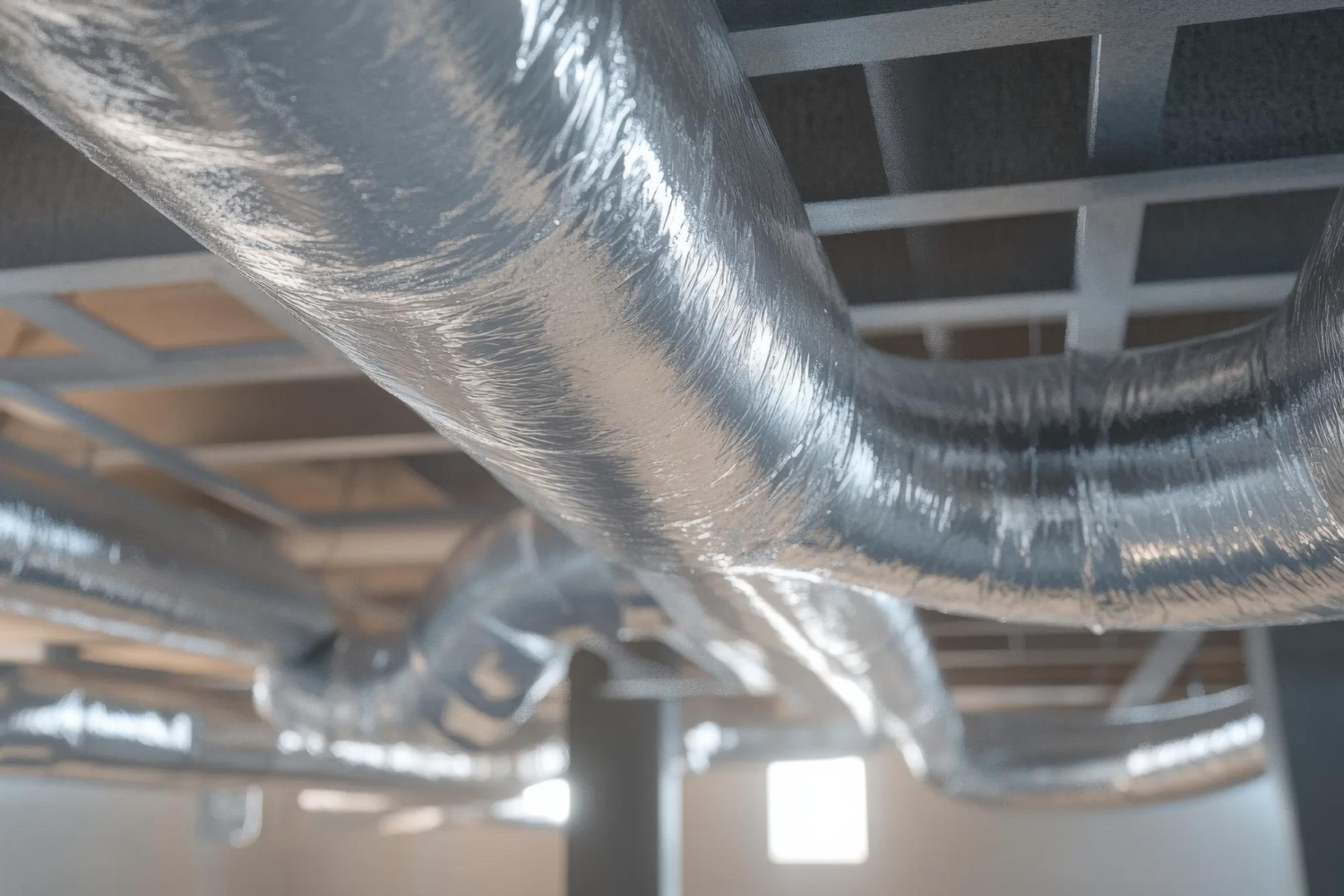
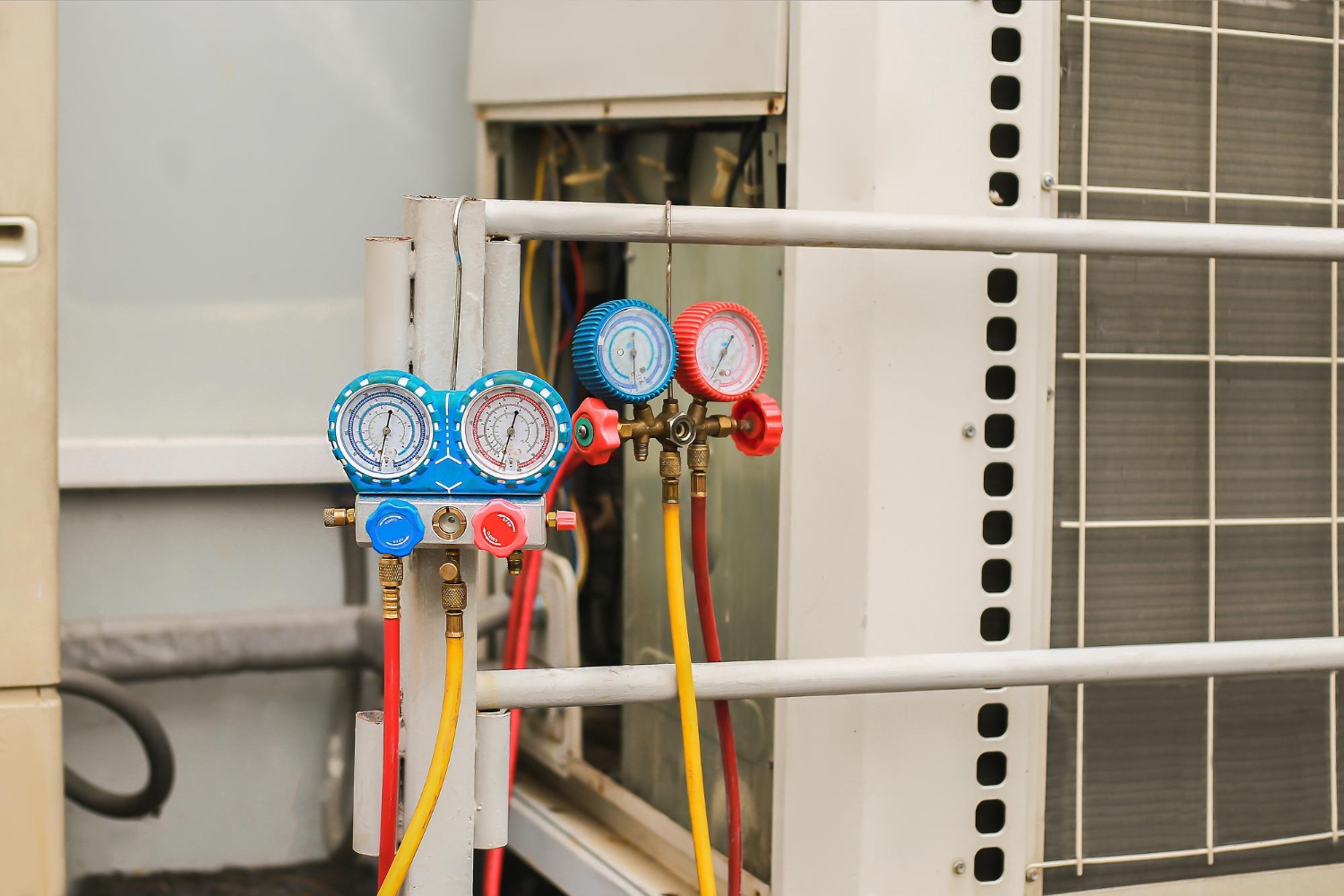
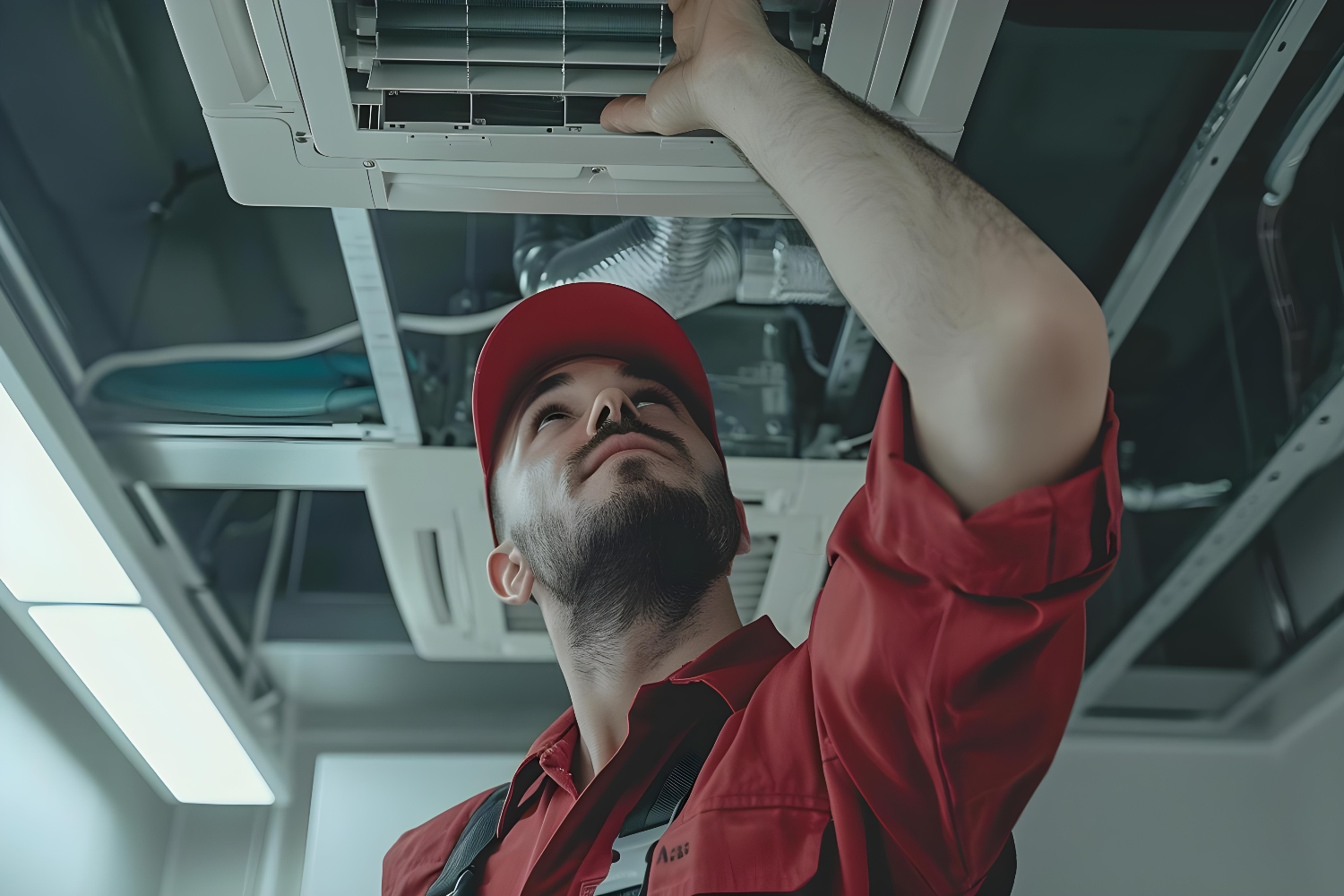




























































.jpg)
.jpg)

.jpg)
.jpg)
























